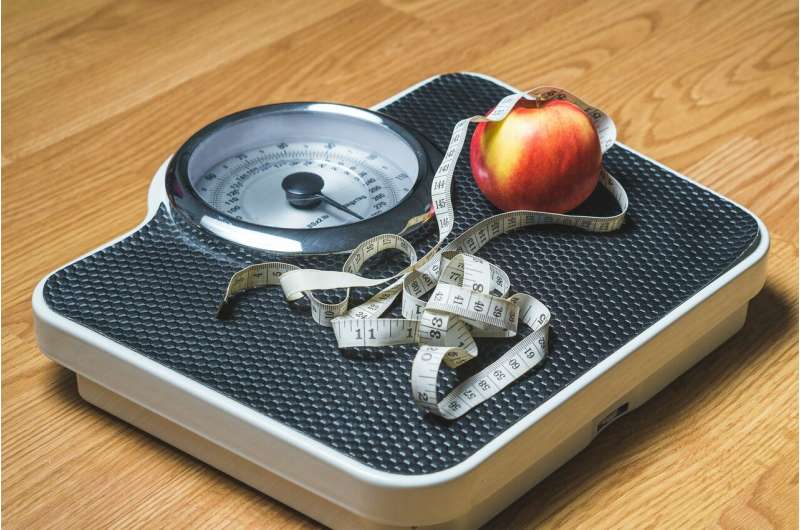Repurposing Asthma Medication for Treating Rare Neurological Disorder ADCY5-Related Dyskinesia

Research indicates that the asthma medication theophylline may help manage symptoms of ADCY5-related dyskinesia, a rare neurological disorder, offering hope for improved patient quality of life.
Recent research from Martin Luther University Halle-Wittenberg (MLU) suggests that the asthma drug theophylline may be an effective treatment for ADCY5-related dyskinesia, a rare and debilitating neurological disorder. Published in the journal Movement Disorders, the study highlights promising improvements in symptoms and quality of life among affected patients.
ADCY5-related dyskinesia is caused by a rare genetic mutation that leads to abnormal twitching and uncontrolled movements, often beginning in infancy. Currently, there are no cures for this disorder, and treatments have been limited in effectiveness.
The investigation was sparked by prior observations that caffeine, which shares chemical similarities with theophylline, could temporarily alleviate symptoms. In a pilot study involving a young patient who was wheelchair-bound, theophylline treatment resulted in significant symptom reduction. The patient gained mobility and speech clarity after several months of therapy.
Expanding on this initial success, researchers conducted a broader study involving 12 patients aged 2 to 41 from seven countries. The participants, who have an estimated total of around 400 cases worldwide, were administered theophylline and monitored through questionnaires. The majority of patients experienced notable improvements; 11 reported decreased intensity and frequency of involuntary movements, better gait, enhanced sleep, and improved psychosocial well-being. Side effects were generally mild and infrequent, including headaches, nausea, and restlessness. The only participant who did not show significant benefits was the oldest, aged 41.
Professor Andrea Sinz underscored the importance of timely intervention, noting that early treatment can potentially help children reach developmental milestones more fully. For instance, some parents reported their children catching up developmentally after starting theophylline. Sinz emphasized, however, that the medication is not a cure, as ADCY5 dyskinesia stems from a genetic defect leading to overproduction of certain messenger substances. Eventually, gene therapy may provide a definitive cure, but it remains under development.
The findings suggest theophylline could serve as a valuable interim therapy, offering symptom relief and improved life quality for patients until more targeted treatments become available. Future studies aim to optimize dosage and further assess long-term effectiveness.
For more information, see the study: Dirk Taenzler et al, 'Treatment Efficacy of Theophylline in ADCY5‐Related Dyskinesia: A Retrospective Case Series Study,' Movement Disorders (2025).
Stay Updated with Mia's Feed
Get the latest health & wellness insights delivered straight to your inbox.
Related Articles
How Blood Factors in Type 2 Diabetes May Accelerate Breast Cancer Progression
Research reveals how blood particles altered by type 2 diabetes can weaken immune responses within breast tumors, potentially increasing cancer aggression and spread. This discovery offers new insights into treating diabetic cancer patients more effectively.
Weight Loss Program Improves Eating Disorder Symptoms in At-Risk Individuals with Type 2 Diabetes
A groundbreaking study reveals that a low-energy diet combined with behavioral support can significantly reduce eating disorder symptoms in people with type 2 diabetes, offering a safe and effective treatment option.
Combination of Diabetes Medication and Antihistamine Shows Promise in Repairing Multiple Sclerosis Damage
A groundbreaking clinical trial reveals that combining metformin and clemastine could help repair nerve damage in multiple sclerosis, potentially transforming future treatments. Researchers emphasize further studies for safety and efficacy.
Innovative Drug Enhances Immune Attack on Liver Cancer by Targeting Fat Metabolism
A groundbreaking drug developed at McMaster University shows promise in fighting liver cancer by blocking fat metabolism and activating the immune system, particularly B cells, offering new hope for treatment-resistant cases.



